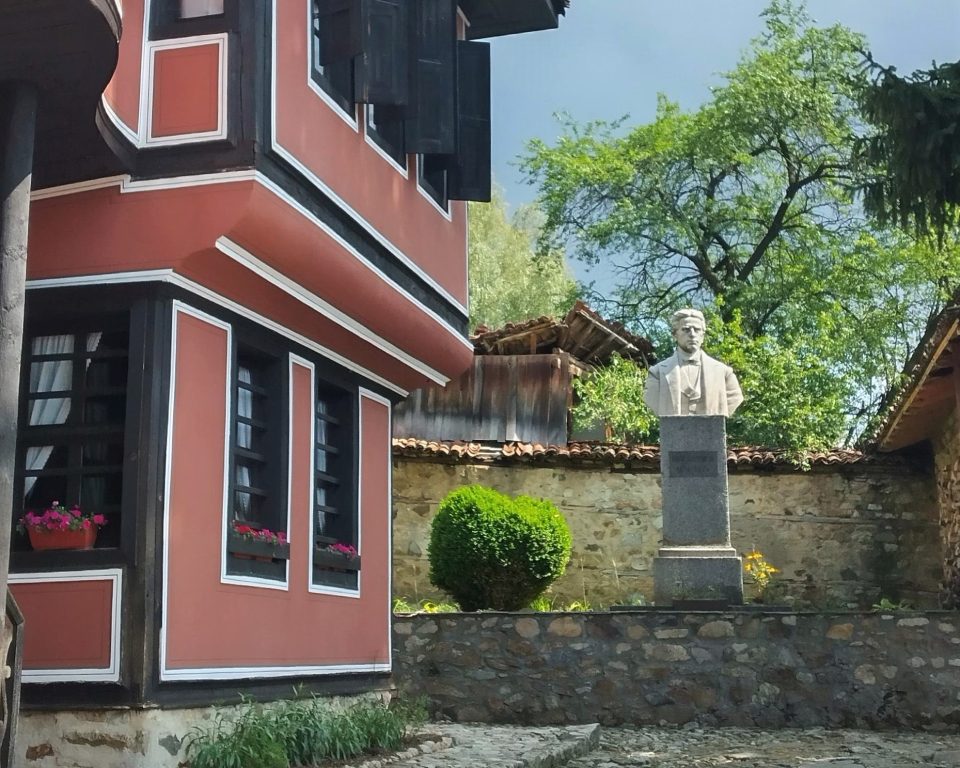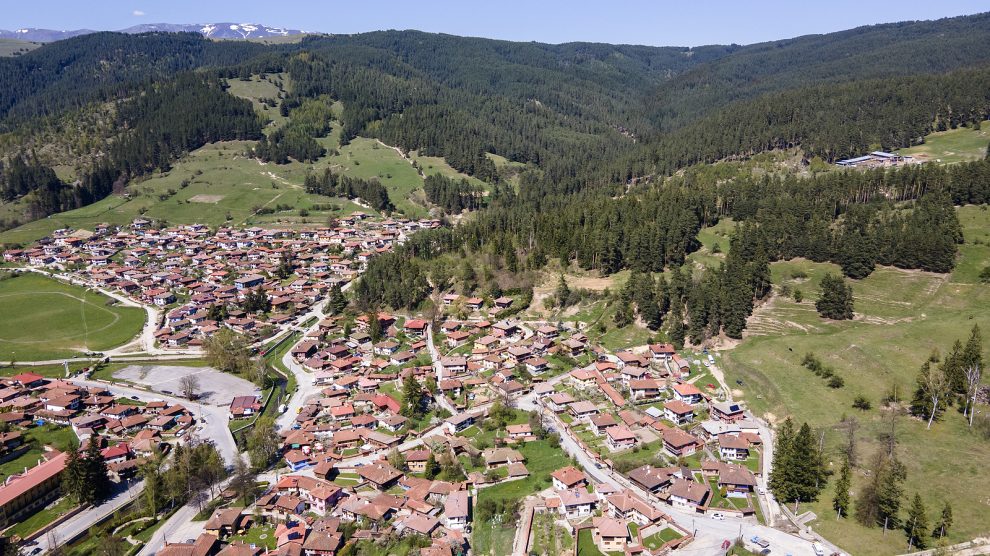The first shots of Bulgaria’s 1876 April Uprising against the Ottomans were fired in Koprivshtitsa, which remains a town packed with history and culture.
Nestled in the mountains away from the bustling city life you’ll find some of Bulgaria’s best preserved cultural centres, Koprivshtitsa, a quaint town in the Sredna Gora mountains, is an open-air museum containing some of the most stunning Bulgarian revival architecture in the country.
Located on Sofia Oblast’s easternmost edge, the town is easily accessible via a two-hour train ride. After recently spending a month in the capital, I decided to take a break from the busy streets of Sofia and Koprivshtitsa was the obvious choice.
- How European Capital of Culture reshaped Bulgaria’s most ancient city
- In the Western Balkans, the past again threatens the future
- Five elections and counting, is there an end in sight to Bulgaria’s political stalemate?
One might wonder how such a picturesque town ended up nestled in the remote mountains. As it turns out, even Bulgarians aren’t too sure. From a crossroads between important trade centres to a sanctuary for refugees, there are many legends about the town’s early days.
The ruins of the ancient Thracian settlement of Smilovene located nearby – a tourist vista in their own right – makes the town’s location even more intriguing.
One notable theory in Bulgarian folk tales is that of the enigmatic noblewoman from Rila. As the legend has it, the noblewoman settled with her livestock in the mountains and asked the Sultan to make her ruler of Koprivshtitsa. Coincidently or not, the town’s Turkish name is Avratalan – Woman’s Field.
Koprivshtitsa would later become a military town, sourcing many soldiers for the Ottomans which would earn the town’s Christian population special privileges. It is said that Ottoman officials could not ride horses when entering Koprivshtitsa, a mark of respect for the town.
A town of culture
Perhaps Koprivshtitsa’s biggest claim to fame is tied to the Bulgarian National Revival. The first bullet of the 1876 April Uprising against the Turks was fired here. The Uprising would eventually lead to an independent Bulgaria.
The remote location and a traditionally wealthy citizenry have left Koprivshtitsa with a rich cultural heritage, boasting some of Bulgaria’s best-preserved National Revival architecture. Many of these colourful and richly ornamented houses have today been transformed into museums for the world to visit.
Oslekov House, Lyutov House and Kableshkov’s House are notable for their architecture and open for visitors. Particularly interesting are the houses of the famous Bulgarian poet Dimcho Debelyanov and the revolutionary Georgi Benkovski. The house museums offer a unique look into 19th century Bulgarian life during a period when Bulgarian culture flourished.

Because of this rich heritage, Koprivshtitsa has become a cultural hotspot, being used as a location for many Bulgarian movies and music videos. The town also welcomes many annual cultural events, including the Master of Art festival and the National Assembly of Folk Art which has been held since the 1960s.
A town of nature
While the views on the train from Sofia are stunning, Koprivshtitsa itself reminded me of how peaceful rural Bulgaria can be. The town is surrounded by hills and forests with mountains looming in the distance.
It is no surprise that the nostalgia for his hometown inspired one of Bulgaria’s most prized poets, Lyuben Karavelov, to write the eulogy, You are beautiful, my forest – Koprivshtitsa’s anthem today.
Having grown up around mountains, the nature surrounding Koprivshtitsa was a treat to explore. The hills provide amazing views of the entire town and the nearby forests create a calm atmosphere, a stark contrast with the bustling city life of Sofia.
Safety is important though, as Koprivshtitsa is very remote. So remote in fact, that it’s the only settlement in its municipality. If you’re keen on exploring the area’s wilderness, a local guide is recommended.
After I had finished exploring, I enjoyed some peace and quiet on the benches next to the Topolnitsa River. The nearby restaurants are a great opportunity to try traditional Bulgarian food.
Whether you are looking for beautiful scenery, cultural events or simply want to learn more about Bulgarian history, Koprivshtitsa really is the perfect choice. And all just a couple of hours from Sofia.
Unlike many news and information platforms, Emerging Europe is free to read, and always will be. There is no paywall here. We are independent, not affiliated with nor representing any political party or business organisation. We want the very best for emerging Europe, nothing more, nothing less. Your support will help us continue to spread the word about this amazing region.
You can contribute here. Thank you.



Add Comment